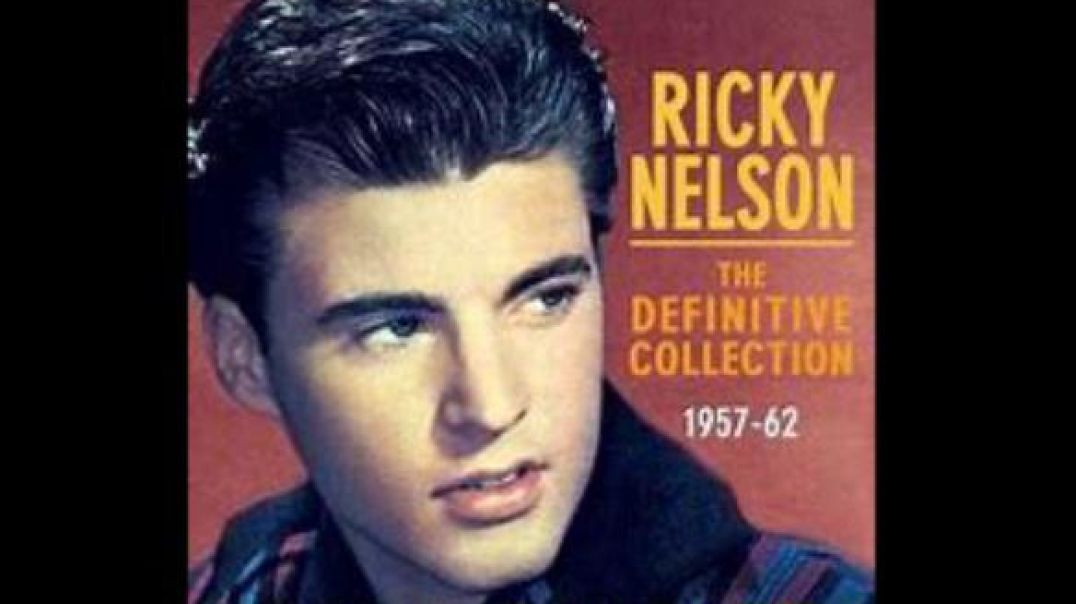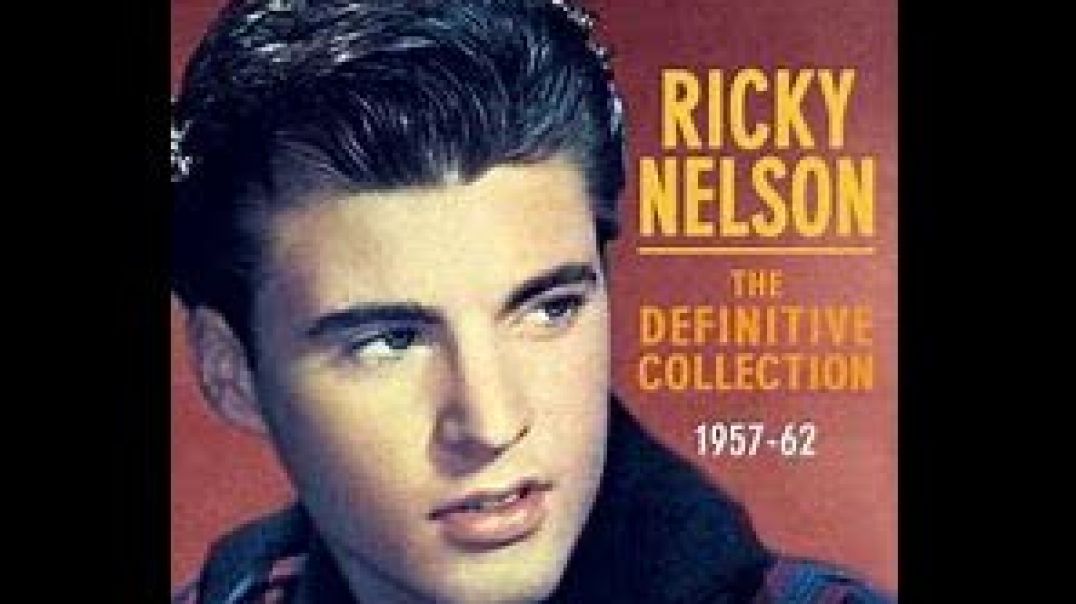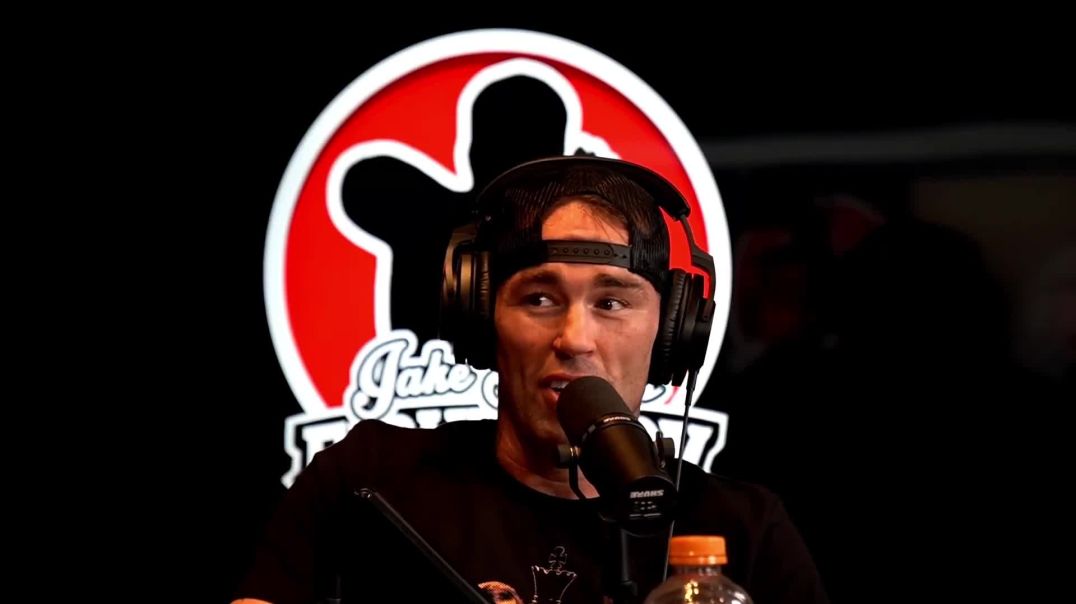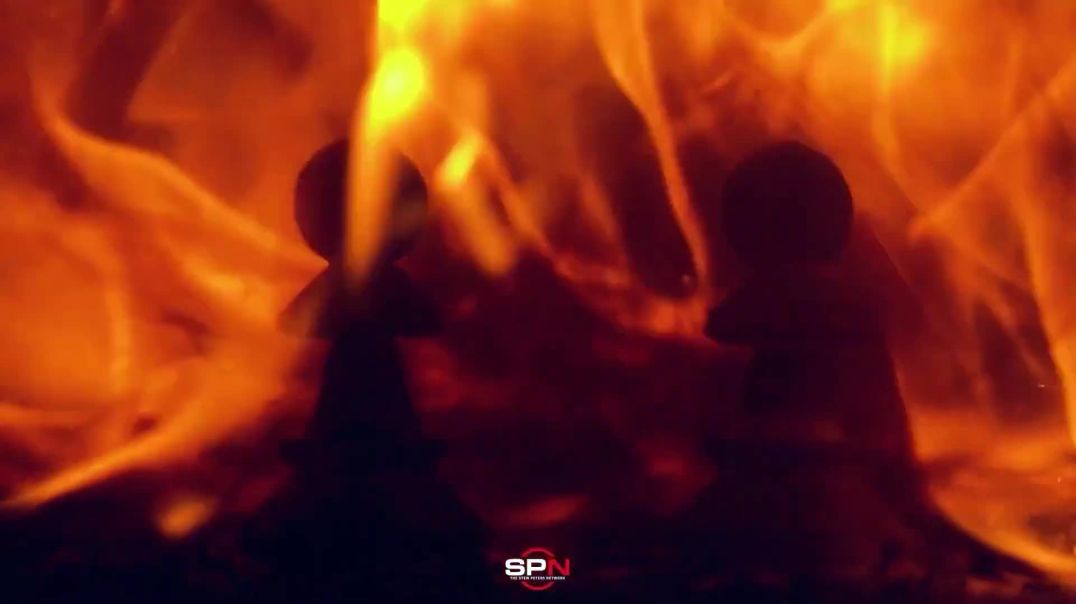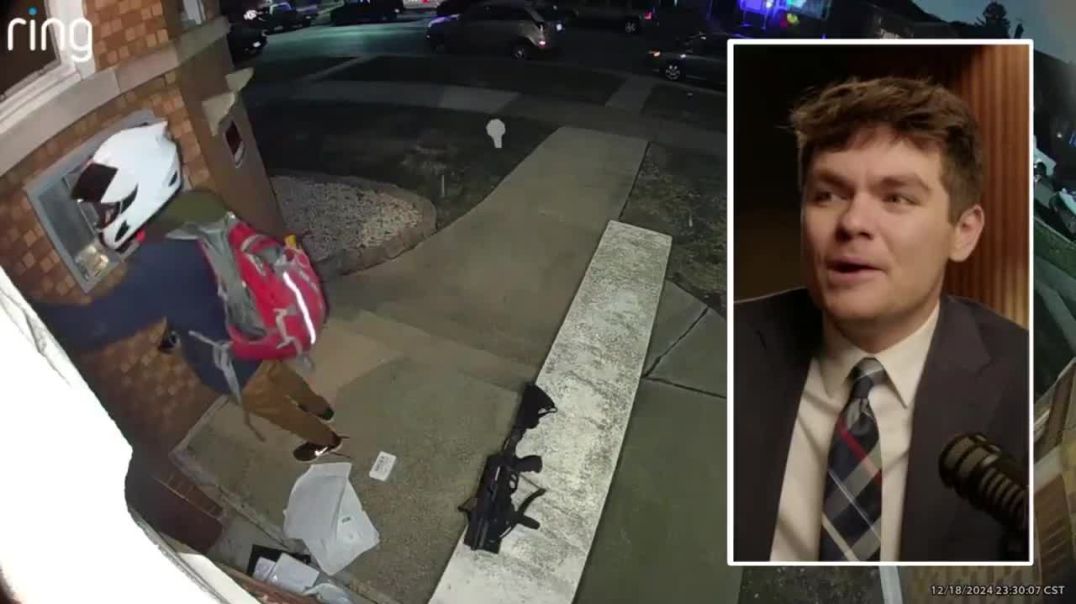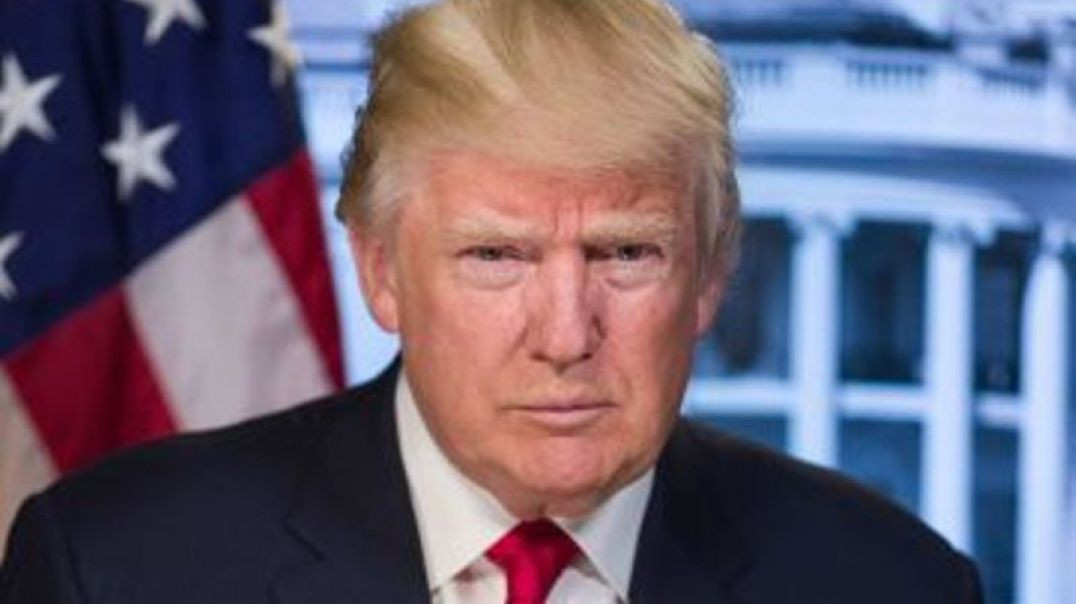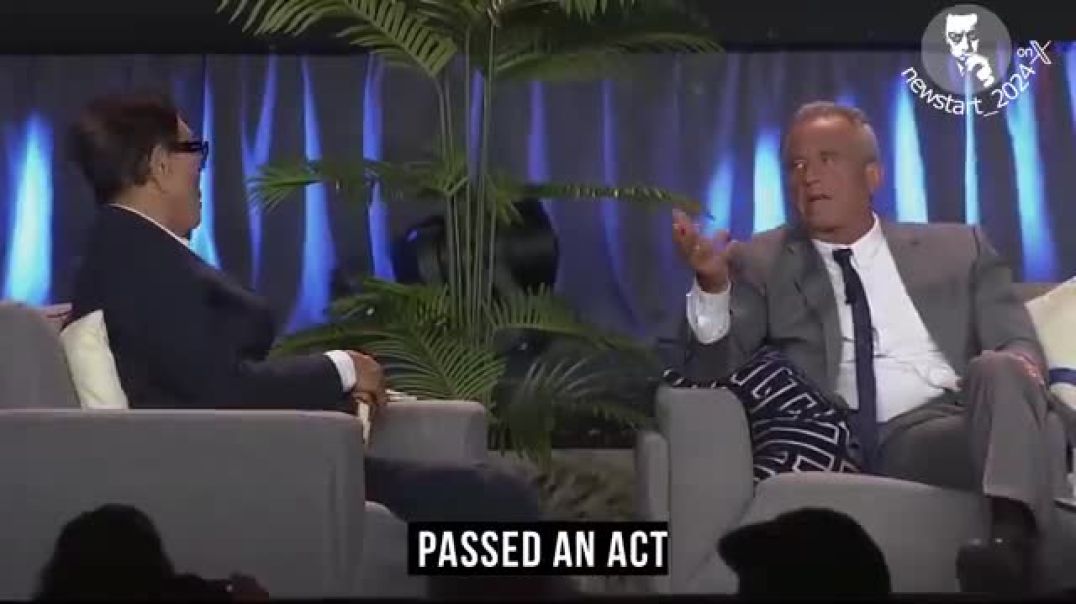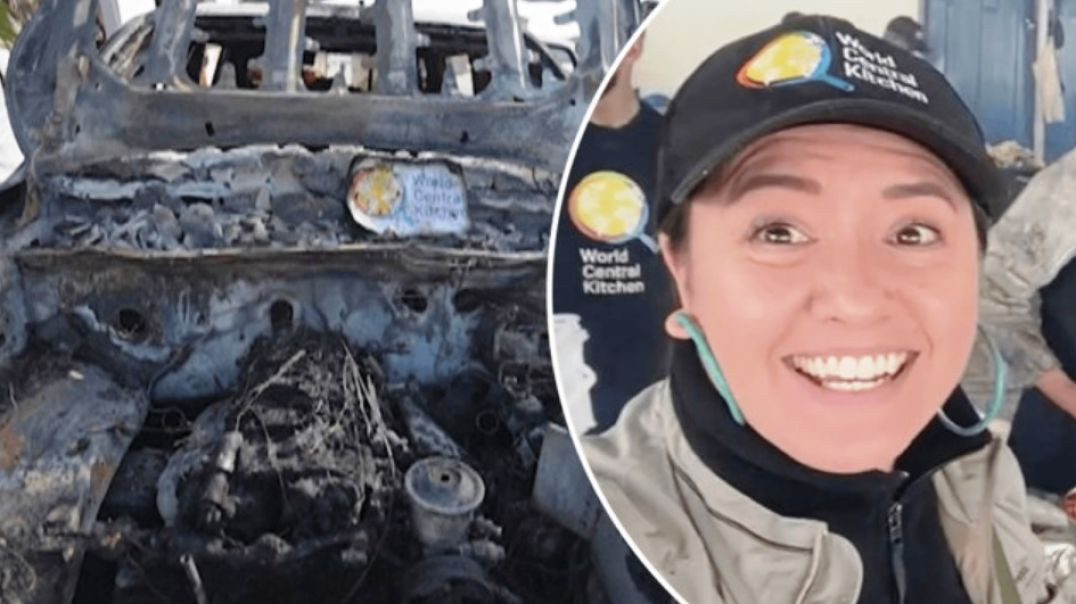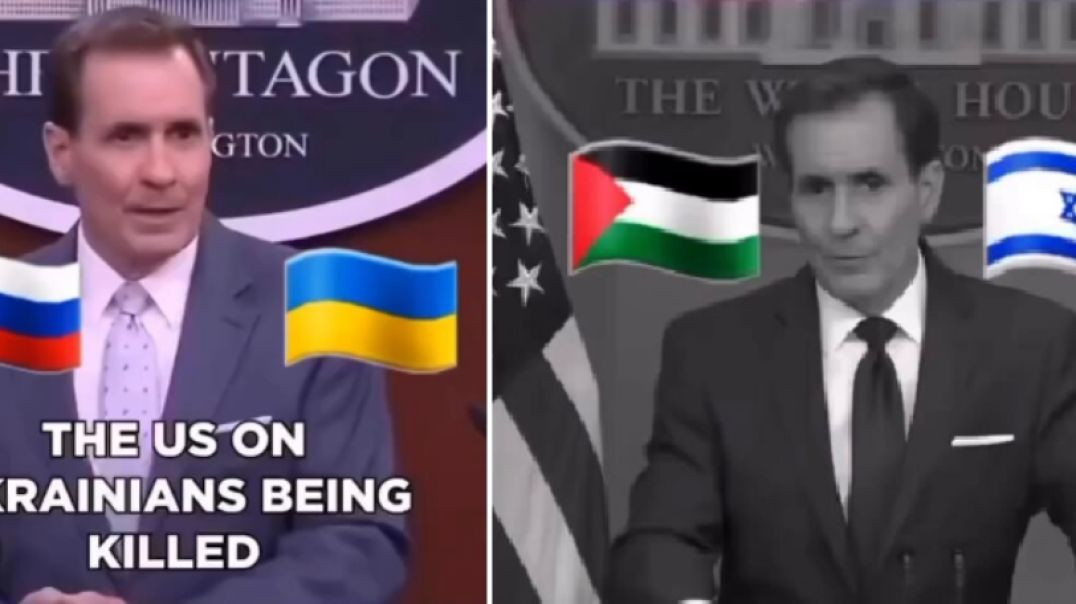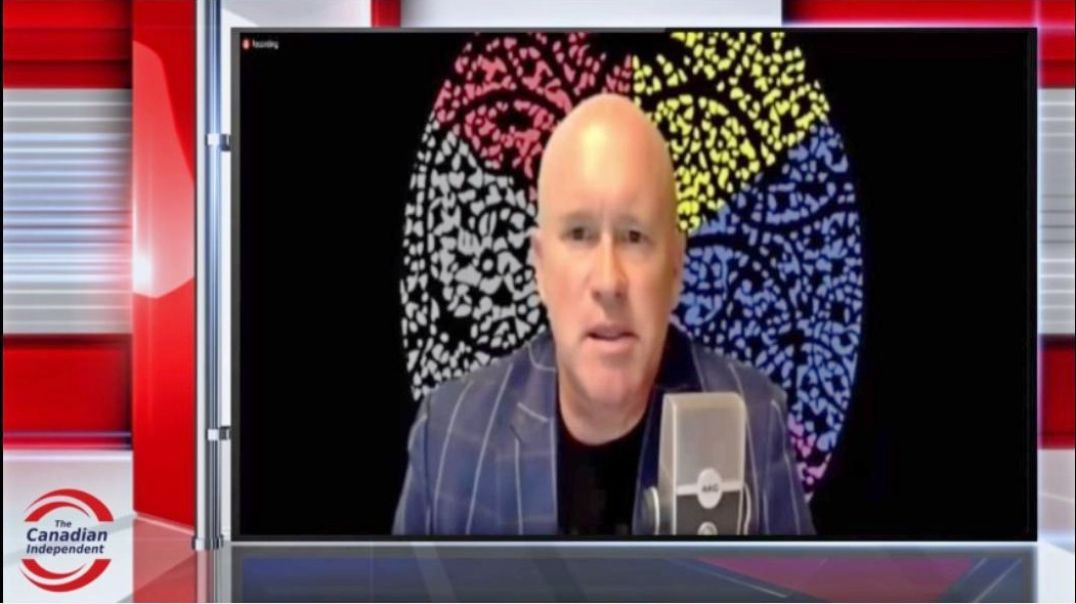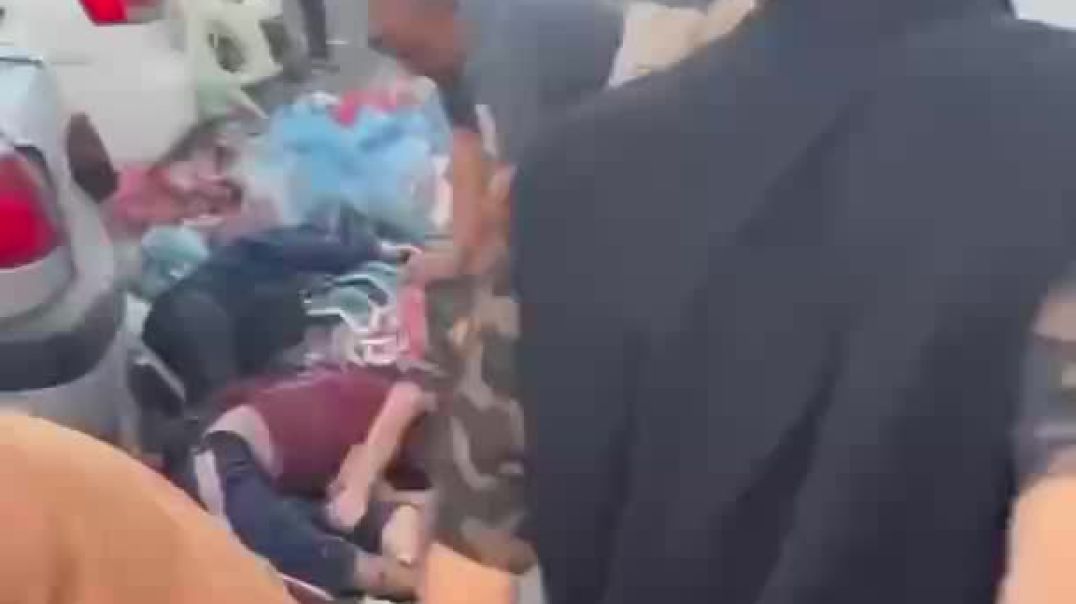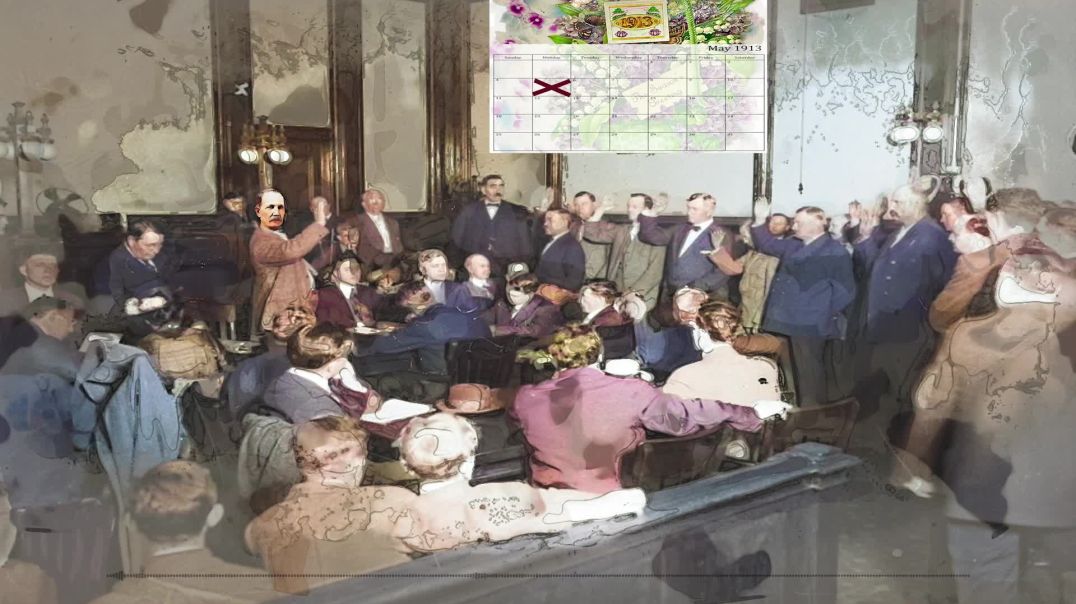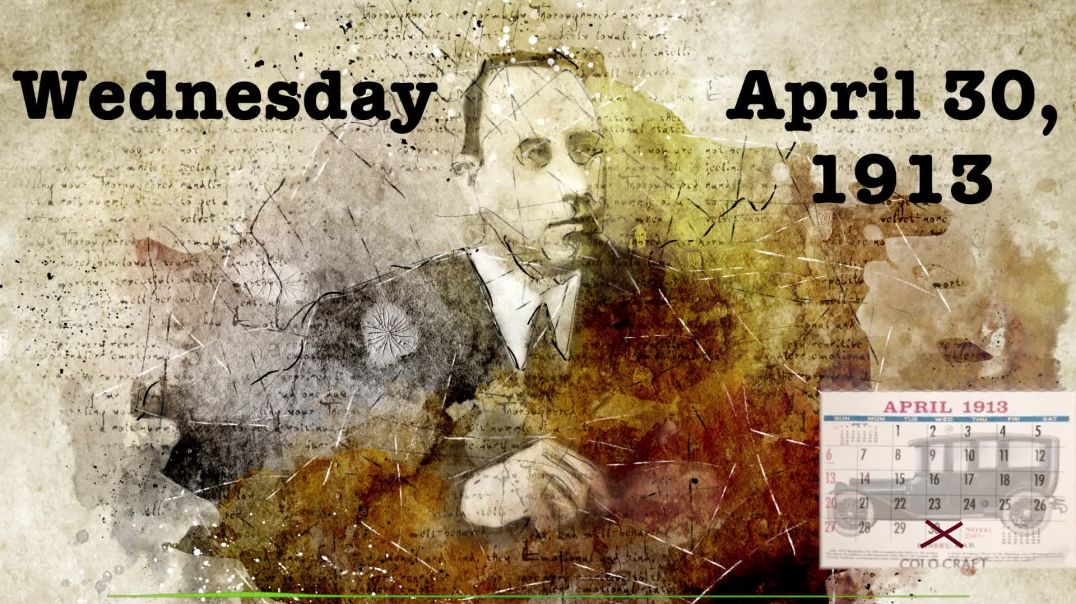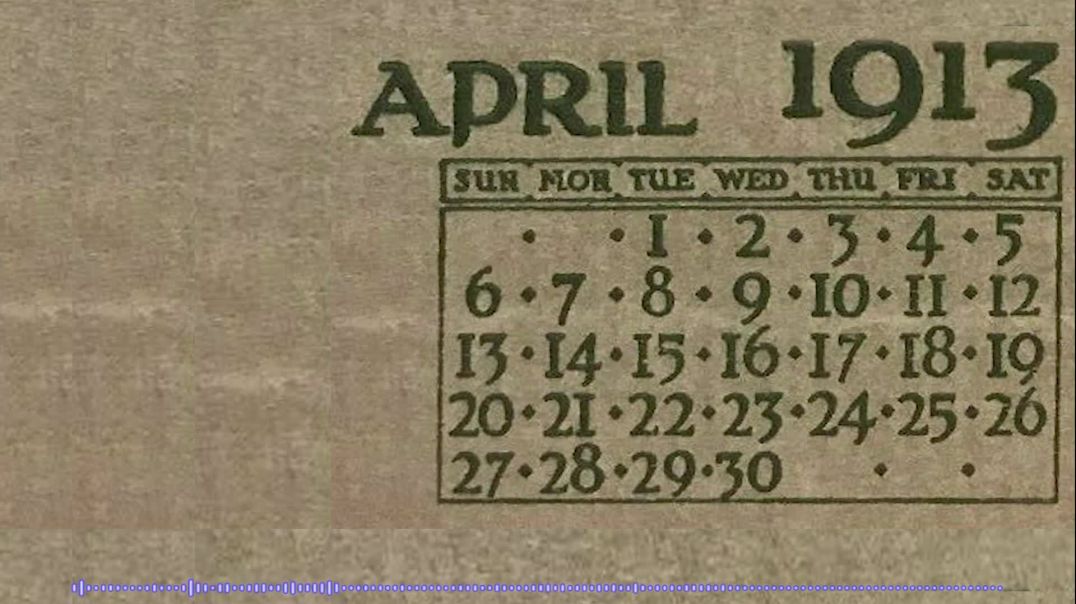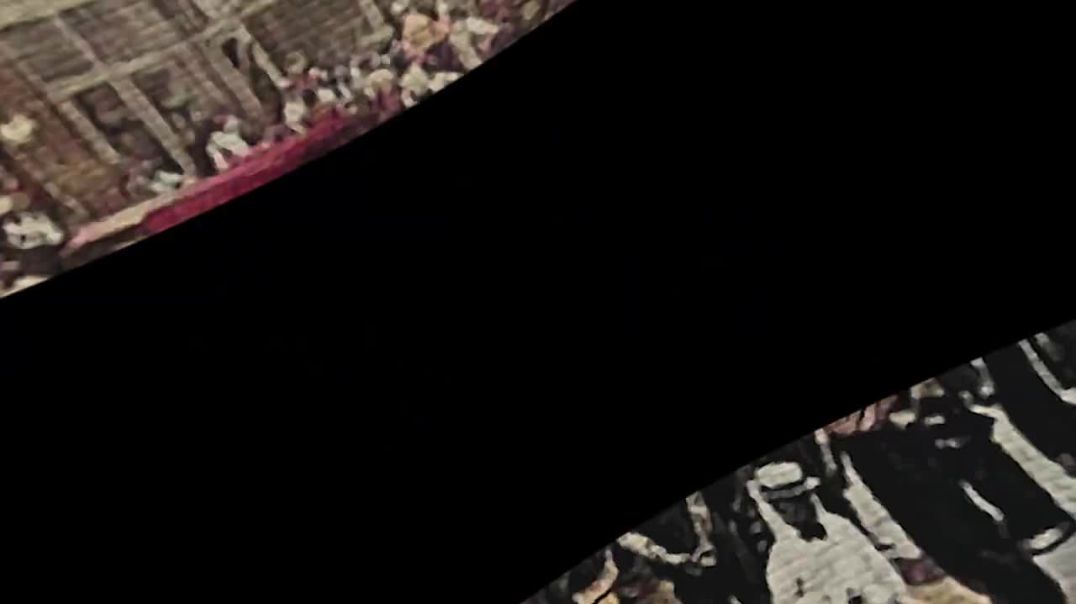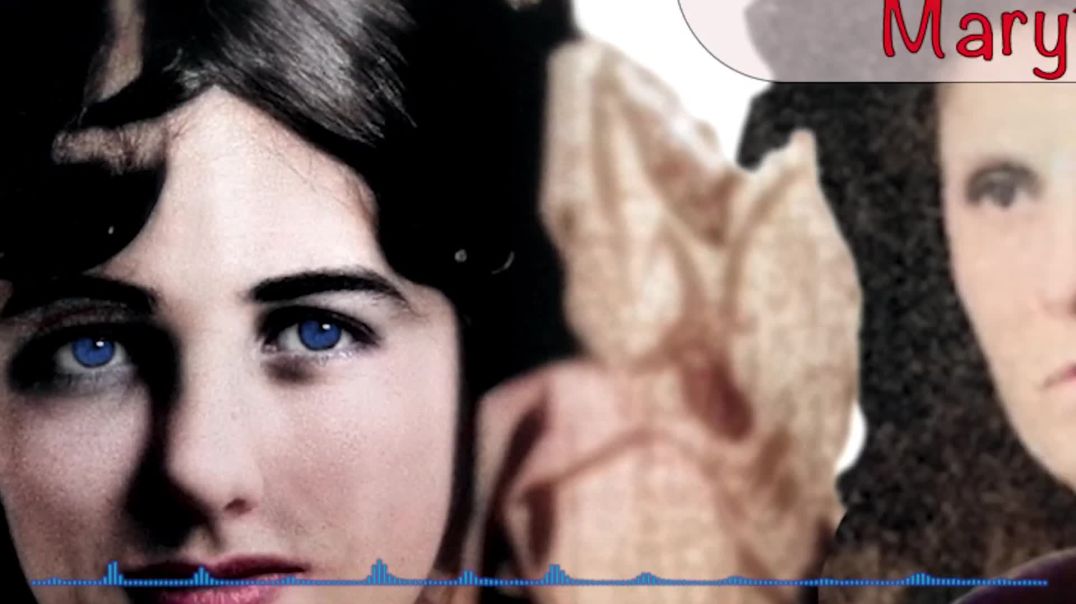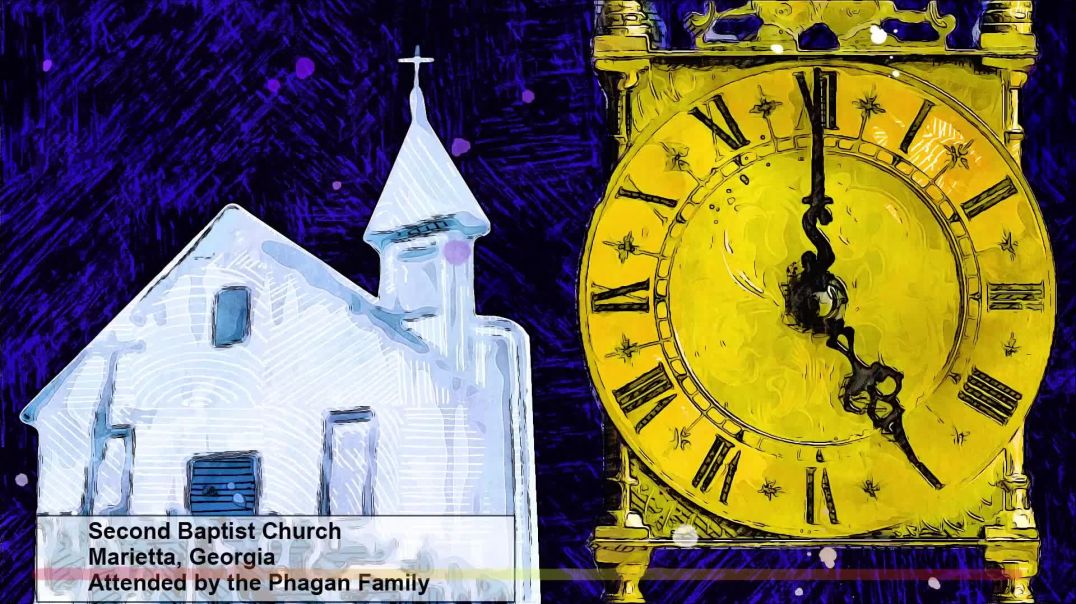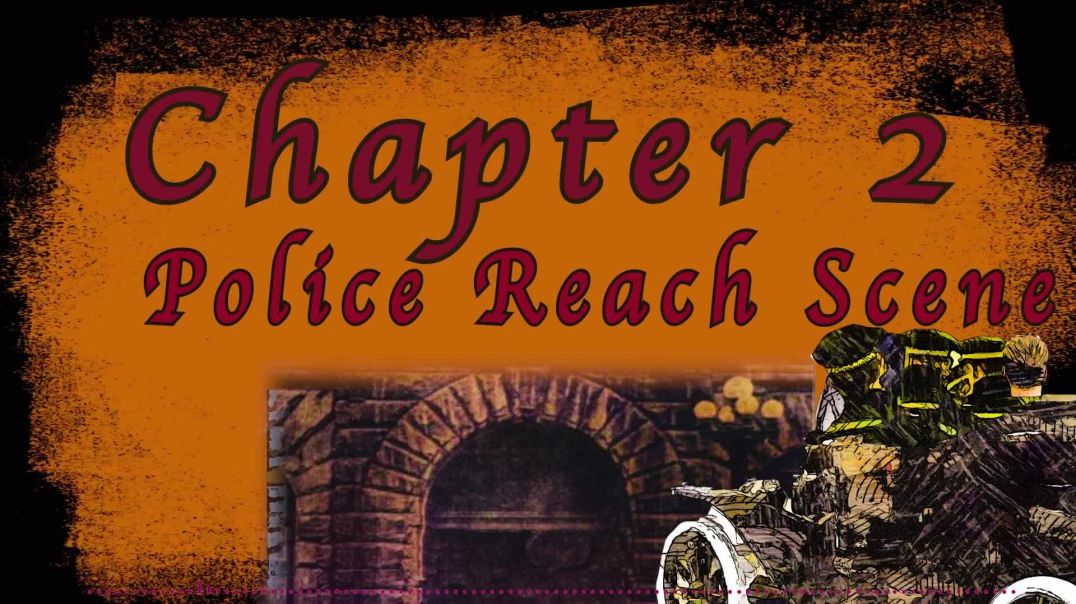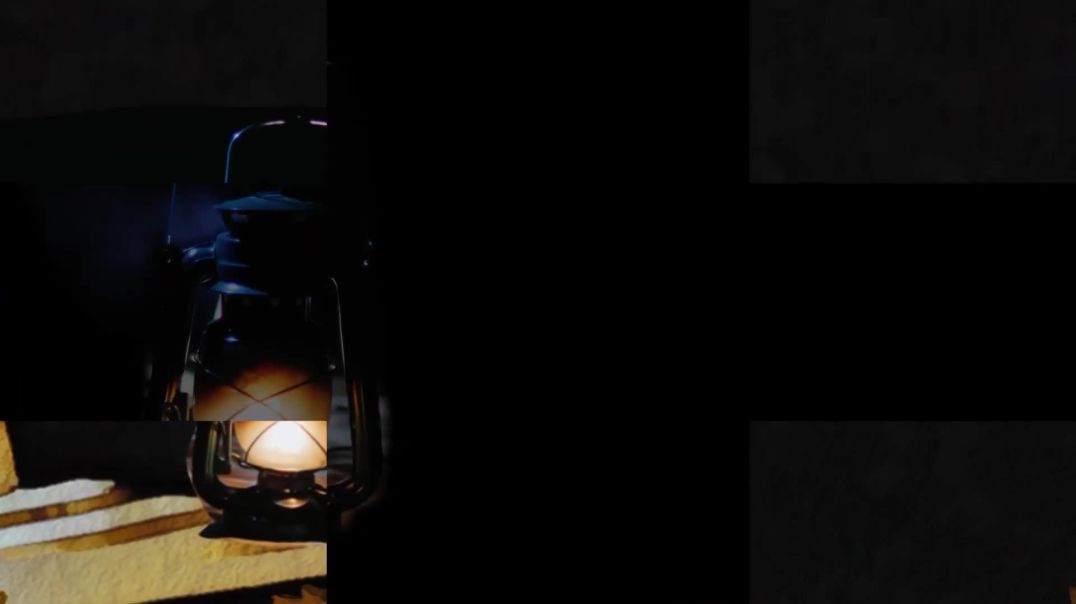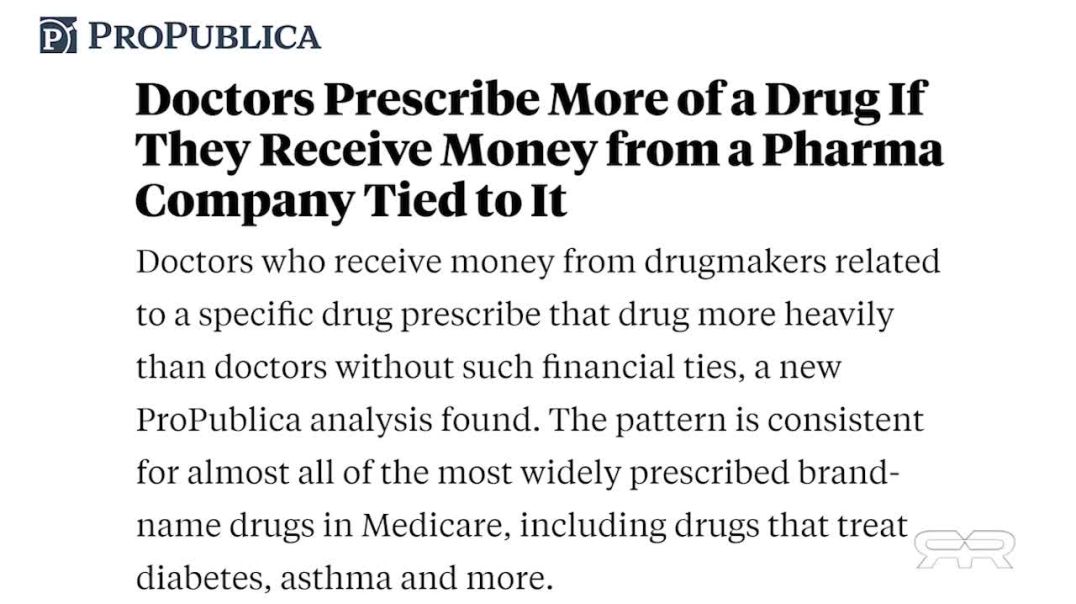Please donate now to help fund our work
- Film & Animation
- Music
- Pets & Animals
- Sports
- Travel & Events
- Gaming
- People & Blogs
- Comedy
- Entertainment
- News & Politics
- How-to & Style
- Non-profits & Activism
- McIntyre Report
- Jamie McIntyre uncensored
- RAW Report
- Candace Owens
- Steve Kirsch
- Tucker
- Bongino
- Elon musks
- Alan Jones Australia
- RT News
- Wayne Crouch Show
- Other
The Murder Of Little Mary Phagan - Vanessa Neubauer - Chapter Thirteen - Afterword: Pardon, 1986
On March 19, 1985, Alonzo Man died and the narrator was saddened. On March 6, 1986, Ferris Moore received a second pardon request for Leo Frank from the Board of Pardons and Parole. The board wanted to see the narrator and her father, but the reaction to the board's refusal of a pardon in 1983 did not subside. The new CEOs Wayne Snow Jr. and Mike Wing were informed that the Jewish community would again apply for a posthumous pardon, and that if granted, the pardon would be based on guilt or innocence. Allegedly, the state did not protect Leo Frank and his rights were violated. The Board thought the lynching of Leo Frank was wrong and that this pardon would heal old wounds. In September 1985, a renewed effort to seek a pardon began, and petitioners concluded that beyond the procedural steps of the trial, a pardon was likely possible by dealing with Leo Frank's out-of-court proceedings. reached. The court agreed in principle to grant a special pardon that did not imply innocence or guilt, but simply addressed the concerns raised by the case. After meeting with representatives of the applicants, the Board began drafting the final pardon order, which was approved shortly after ADL officials and others found it admissible. Families questioned why the acceptance of the application had not been publicly announced, and why the new application had not been made known to others who opposed the granting of the pardon. The Board was deeply concerned that Frank would set a precedent for numerous posthumous petitions for amnesty granted on purely legal grounds. Former Chairman Celis Moore announced the issuance of the pardon warrant at 1:00 am on March 11, 1986.
12:00 a.m. at the Georgia State Capitol. Board members ultimately agreed on the basis for the pardon, reflecting concerns that Frank's lynching had hampered his efforts to prove his innocence. The board also addressed three other legal concerns.
The rejection of lynching laws, the need to heal old wounds, and the perception of anti-Semitism. The question of whether Leo Frank really committed the murder was just dust in pardon negotiations.
From September 1986 until March 1986, the Commission took no action other than to confirm the accuracy of the final order. The final statement reads: On April 26, 1913, Mary Phagan, a 13-year-old employee of a pencil factory in Atlanta, was murdered. Georgians were shocked and outraged. Factory manager Leo M. Frank was indicted for the murder of Mary Phagan in 1913. He was held in prison for protection and sentenced on 25 August 1913. After the appeal was dismissed, the case was referred to Governor John M. Slayton for consideration. On June 20, 1911, the governor commuted his sentence from death to life imprisonment. On August 16, 1915, gunmen forcibly removed Frank from Mirageville State Penitentiary and lynched him. This ended the case and precluded further attempts to prove Frank's innocence. In 1983, the State Board of Pardons and Parole reviewed pardon applications suggesting innocence, but found no conclusive evidence of Frank's innocence.
Georgia failed to protect Leo M. Frank and prosecute the lynchers. In 1983, the State Board of Pardons and Parole reviewed pardon applications suggesting innocence, but found no conclusive evidence of Frank's innocence. Recognizing that the state had protected Leo M. Frank personally and denied him further legal remedy, the State Amnesty and Amnesty Commission pardoned him and issued a copy of the Commission's hand and stamp. signed below. A pardon and parole were issued. The board was said to have been secretly working with the Jewish community for about a year, and its chairman, Wayne Snow, disclosed this in an interview with a television station. It bothered us.
Wayne Snow announced a pardon for Leo Frank, but it was kept secret. The pardon was reported in the media, and Mary Phagan's relatives said the pardon did not resolve the real question of Leo Frank's innocence or guilt. The author felt compelled to tell the familial aspect of Little Mary's story in order to educate the next generation of Phagans about their origins and Little Mary Phagan's true heritage. In January 1987, the story of Little Mary Phagan was reprinted in newspapers, and the media reminded readers that Little Mary Phagan's assassination spurred the beginning of the modern KKK. Now, the author's predictions that more books will be written and a TV miniseries will be produced about the case are starting to come true.
Will we ever know for sure who killed Mary Phagan? Did the answer go to the grave of everyone involved in the tragedy?
